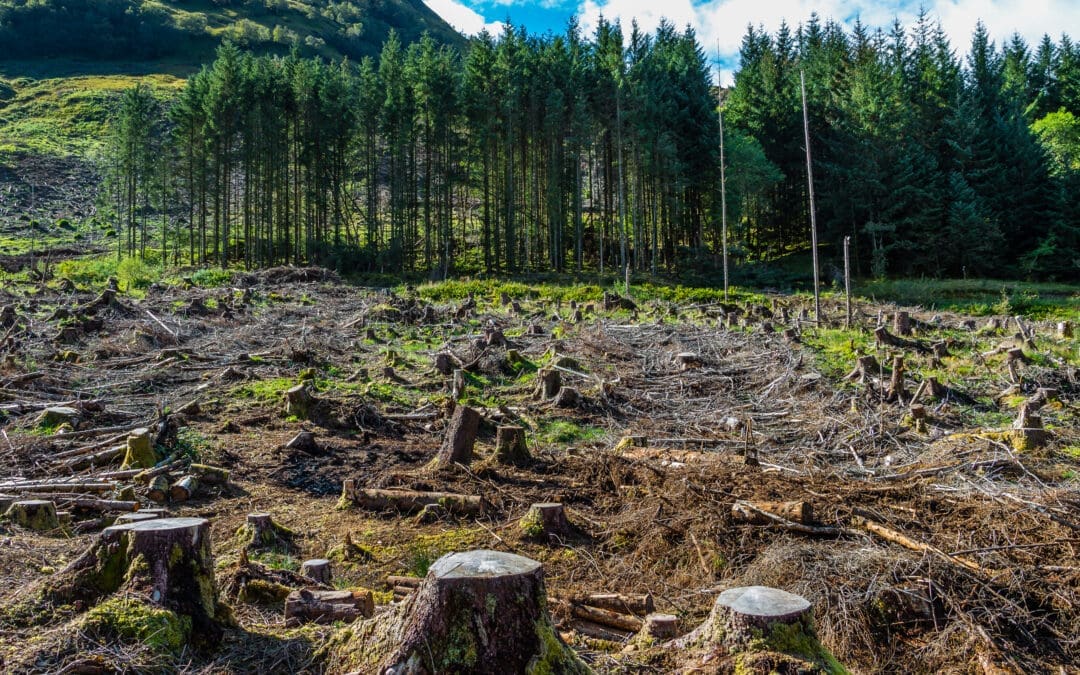Sustainability is one of the fastest-growing priorities in the procurement profession today. Through the pandemic, the weak points in an already fractured global supply chain, increasing ocean pollution, rapidly decreasing biodiversity, and the climate crisis have all been exposed and thrust into the spotlight.
Combine these issues with labor crises, product shortages, and social justice fallouts, and industry leaders now know that ignoring these issues is no longer an option. They have to match their business practices to the world’s evolving sustainability agenda.
To meet these new priorities, one of the most impactful things a business can do is focus its sustainability efforts on the supply chain. However, achieving that goal is easier said than done. So, if your company is new to sustainability programs and increased supply chain transparency, or even if you’re a leader in the field, we’d like to offer the best practices we’ve seen implemented by our customers for assessing supplier sustainability performance and driving improvement.
Define the Data You Need
Before you can start on your sustainable sourcing journey, your company needs to figure out exactly what data it needs. Start with high-priority topics that have the most material impact on your sustainability commitments. Some of the most relevant issues now are:
- Greenhouse gases (GHG) and climate change
- Supplier diversity, equity, and inclusion (DEI)
- Modern slavery and forced labor
While these topics are generally applicable to any business, where you begin will depend entirely on your priorities and capacity. Start by evaluating the needs of your industry, business, products, and sourcing practices—ask yourself what your sustainability hotspots are likely to be and what types of issues might be prevalent for them.
For example, if you’re in the textile and apparel industry, the labor crisis in high-risk regions has exacerbated the issue of forced labor, which was already a significant area of concern. So for your company, labor practice assessments and human rights due diligence would be a first priority. By the way, if this example does apply to you, check out our webinar on the topic.
No matter what type of business you are, there are likely industry groups working on sustainability issues in your sector. By joining them, you’ll get access to helpful resources, guidance, and peer input to guide you as you define what’s needed for your organization, which brings us to the next step.
Standardize Your Approach
Standardizing the supplier assessment process is one of the most useful ways to speed up your impact. There are many benefits to standardization and having uniform assessments and reporting. When companies leverage existing expertise, they eliminate the need to create their own methodology, which drives efficiency and increases industry alignment.
To adopt these standards, find a group operating in your industry or for your function and get involved. Some examples are:
- The Sustainability Consortium (TSC) for consumer goods and retail
- Yarn Ethically and Sustainably Sourced (YESS) or the Social Labor Convergence Project (SLCP) for textiles and apparel
- The Stewardship Index for Specialty Crops (SISC) for food and agriculture
- The Pharmaceutical Supply Chain Initiative (PSCI) for pharma
- Rainforest Alliance’s Accountability Framework for deforestation-prone commodities
- AIM Progress for human rights-focused issues
There are many options for industry group collaboration. If you need help understanding what might be a fit for you, contact us, or browse our library of standard assessments developed with organizations who are experts in various areas of sustainability.
Now, before you start applying your standardized approach, it’s important to look at any data you might already have.
Evaluate Your Existing Data
Data you already have internally can also prove useful as you focus your assessment plan. Look across sustainability and procurement teams to see what initiatives might already be underway, or what data you have from previous efforts.
Have suppliers reported sustainability information in the past? Do suppliers provide any adjacent data in your sourcing platforms?
The goal here is to identify any supplier data gaps you have so you know which ones to prioritize. If you have conducted assessments in the past, this will also help your teams understand what has worked well in the process and what might need improvement.
You might also have records on supply chain sustainability performance in prior disclosures to reporting bodies like CDP or TCFD. Reviewing those records can also help you identify any gaps you’d like to fill in your reporting.
Once you’ve determined your priorities and identified your data gaps, you should decide which suppliers you need to include in your initial assessment rounds.
Focus on High Impact Suppliers, then Expand
When procurement and sustainability professionals get motivated to implement these strategies, there’s a tendency for them to try and tackle everything at once. While the motivation is admirable, it’s not always realistic.
It’s possible to collect too much data, which can be burdensome not only for your suppliers, but also your processing teams. Our advice is to lean into the priorities you set in step one, start there, and expand your assessment efforts based on what you learn.
A simple process we often recommend is to:
- Begin by assessing your tier-one suppliers to understand your baseline
- Perform high-level risk screens that flag your highest priority suppliers
- Focus on material impact: high-risk commodities, high-risk regions, and high spend suppliers
Decide the Frequency of Data Collection
Once you’ve established a methodology that your company can get behind, start thinking about the frequency of your data collection. The majority of companies perform supplier assessments annually or bi-annually. This depends on your organization’s needs—but, of course, the more regular you are, the more likely it will stick with suppliers.
The best way to decide frequency is to look at your reporting and decision making needs. Supplier data will influence sustainability reports and announcements, supplier reviews, and supplier seminars. Think about the other ways you might apply this data and decide how often you need supplier reports to influence them.
Use Your Data to Refine Your Engagement Strategy
Once you’ve figured out the ideal baseline and you’ve got initial data rolling in, you can think about expanding your program to cover new issues, new commodities, and deeper layers.
When you’re ready to expand, we recommend the following next steps:
- Assess suppliers at tier 2, 3, and beyond where the greatest risk may be
- Expand from company-level assessments to site-level assessments
- Perform follow-on assessments on specific hotspots flagged in your risk screens
- Address a different commodity or subset of suppliers
- Engage directly with your suppliers to start a dialogue on any issues that may have surfaced
- Perform onsite audits with suppliers that you feel might need closer observation
There are many factors that contribute to the big picture, and it’s easy to get bogged down by overthinking them. The most crucial step on your journey to sustainable supply chain practices is to just get started.
Once you get the ball rolling, you’ll find that even with incomplete data and partial evidence, your company can start to make decisions that will continue to progress you toward a more sustainable business over time.
In a year, you’ll look back and think to yourself… “Look how far we’ve come.”
If you’re looking for low-touch, standards aligned methods to kick off your sustainable supply chain journey, SupplyShift has options for you. Check out SupplyShift’s Greenhouse Gas Starter Assessment or get in touch with our team to discuss the right next step for your situation.



